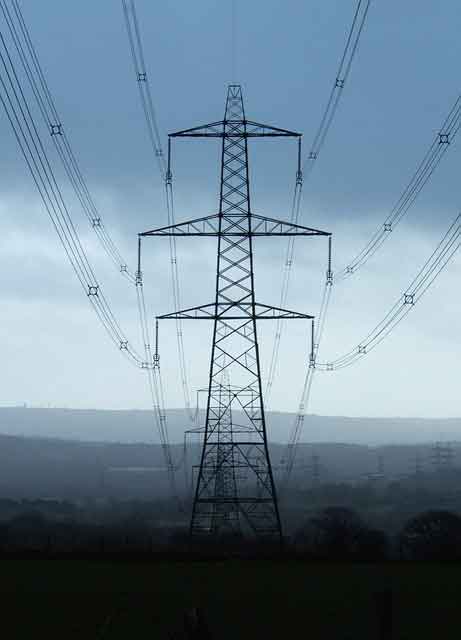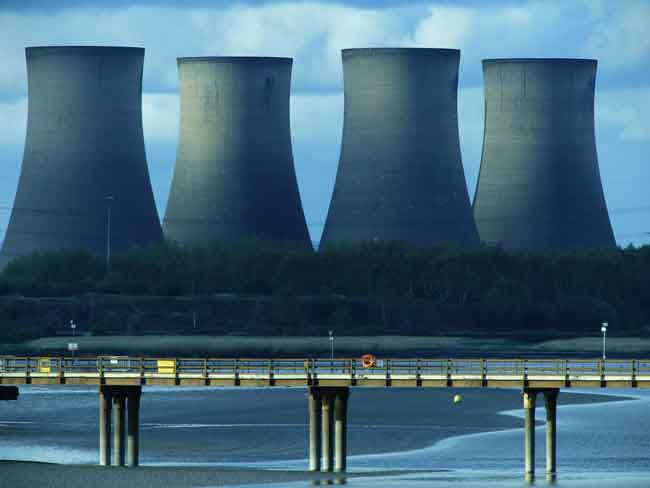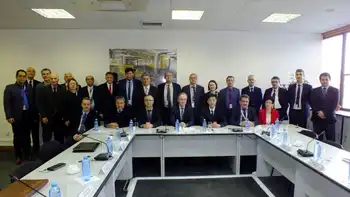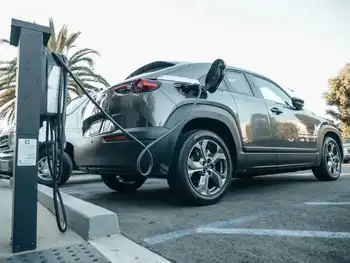Loan and grant to assist IndiaÂ’s coal modernization
By Industrial Info Resources
Protective Relay Training - Basic
Our customized live online or in‑person group training can be delivered to your staff at your location.

- Live Online
- 12 hours Instructor-led
- Group Training Available
Almost 80% of the electricity produced in India is generated from coal-fired power plants. Many of these were built between 20 and 30 years ago, and almost one third of them are inefficient and a source of pollution. Just last year, peak consumption caused a 16.6% shortfall, and there was a 9.9% gap between production and demand. With 400 million Indians having no access to electricity at all, and 60% of industries having to make their own arrangements for a reliable electricity supply, India is facing a power shortage that threatens to slow down the country's development.
The NRMP has been developed to rehabilitate some of the older plants, using modern techniques to boost production while at the same time reducing carbon emissions. While not all the older plants can be re-worked this way, the government's plan calls for the rehabilitation of power plants with a combined generating capacity of about 27,000 megawatts (MW), which is almost 20% of India's total generating capacity.
By renovating and modernizing these old plants, the country will be able to boost production in less time and at less than half the cost of building new plants. At the same time, the plan will help reduce coal consumption by 10 million tons annually through greater efficiencies, thus reducing harmful carbon-dioxide and particle emissions. Another significant factor is the elimination of the need to acquire new sites and build new infrastructure that would be required for new power stations.
The $225.4 million obtained from the World Bank and GEF will be aimed at the first phase of the RNMP, a pilot project known as the Coal-Fired Generation Rehabilitation Project, targeting three coal-fired power plants in Bandel, West Bengal; Koradi, Maharashtra; and Panipat, Haryana. Each of these plants has a generating capacity of between 200 and 220 MW. If the pilot projects are successful, the government intends to scale up the rehabilitation to a large proportion of the 27,000 MW planned for modernization.
This initial project has the potential to save up to half a million tons of carbon-dioxide equivalent each year. In addition, the project will help to improve water treatment and ash disposal at the selected plants, thus improving the environment for local residents. The plan will also focus on better maintenance and operations to sustain the improvements obtained.
The GEF is a worldwide partnership of 178 countries, non-governmental organizations, international institutions and the private sector aimed at addressing global environment issues. The organization provides grants to projects in six specific areas: climate change, land degradation, international waters, persistent organic pollutants, the ozone layer and biodiversity.
The GEF was established in October 1991 and is the largest supplier of funds for global environment improvements.











